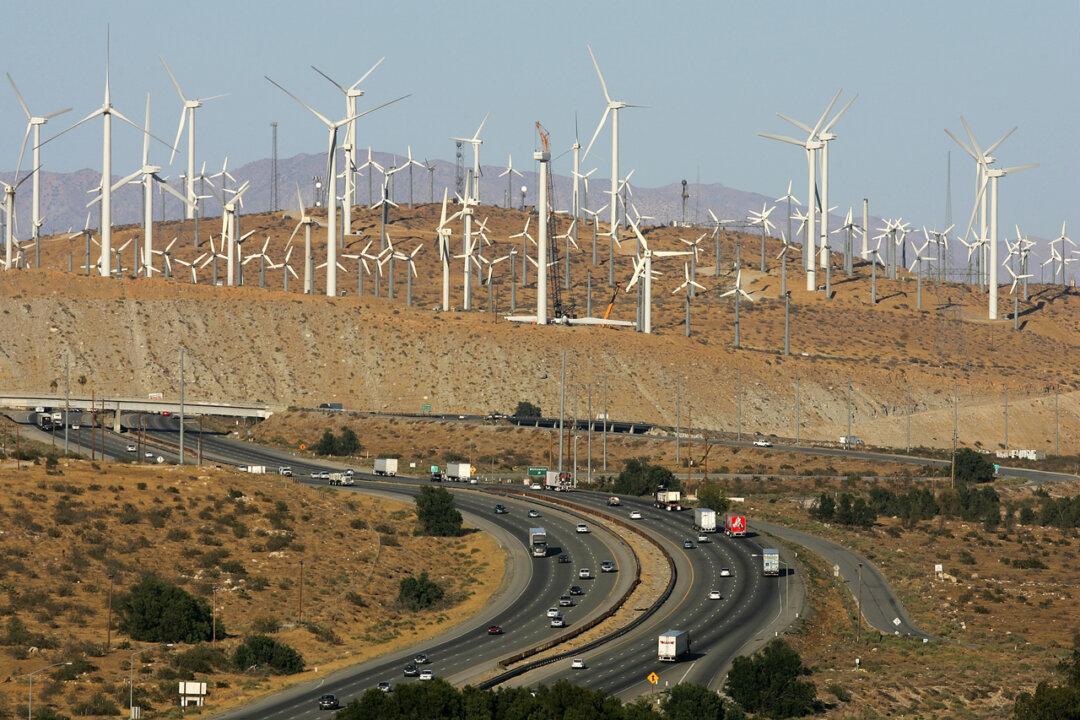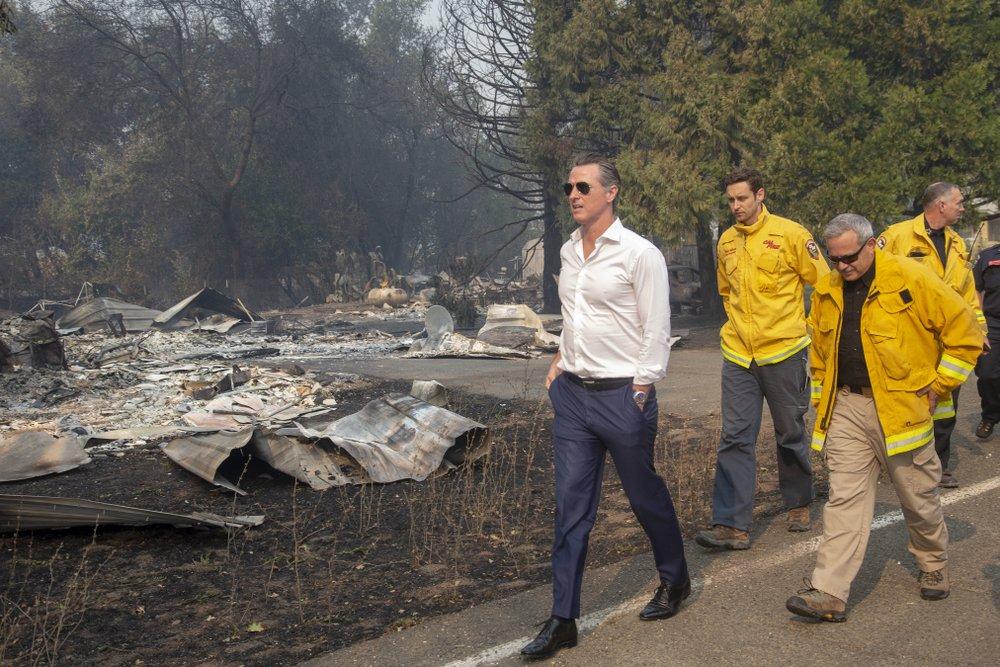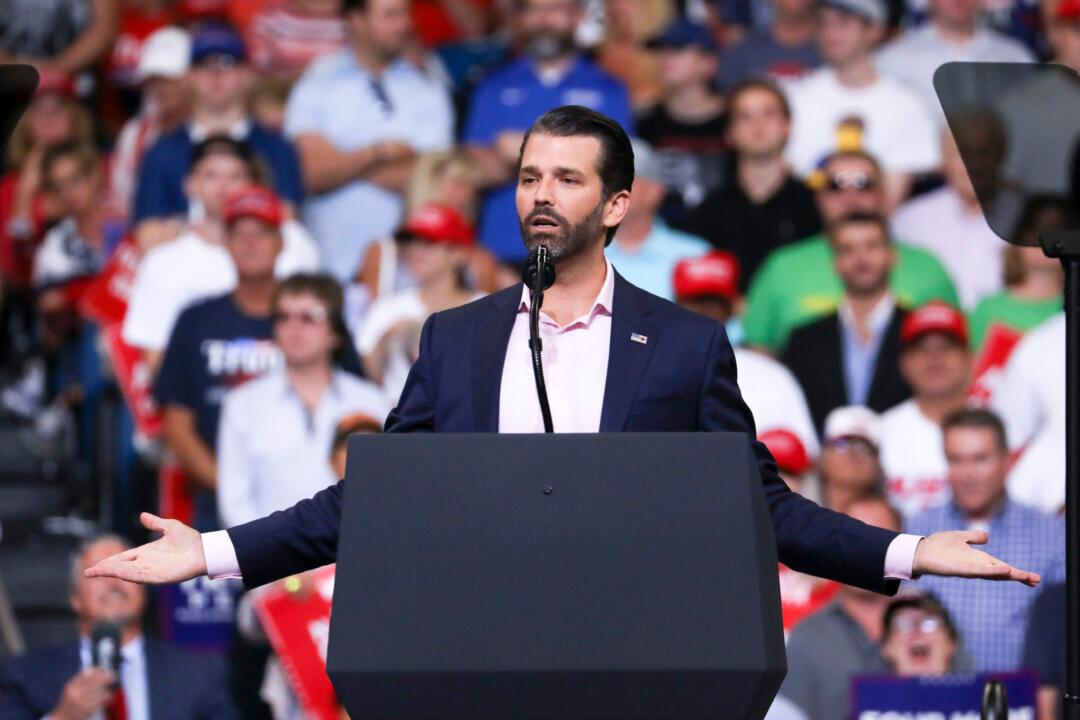The future of many climate change and renewable energy projects across the United States is in serious doubt as states slash budgets due to the fallout from the CCP virus crisis.
With fiscal black holes looming and taxation and other income having been decimated, state governors look set to cut back where they can to ensure the provision of essential services. Rebates for EVs and funding for renewables such as wind and solar are at the top of the chopping list.





